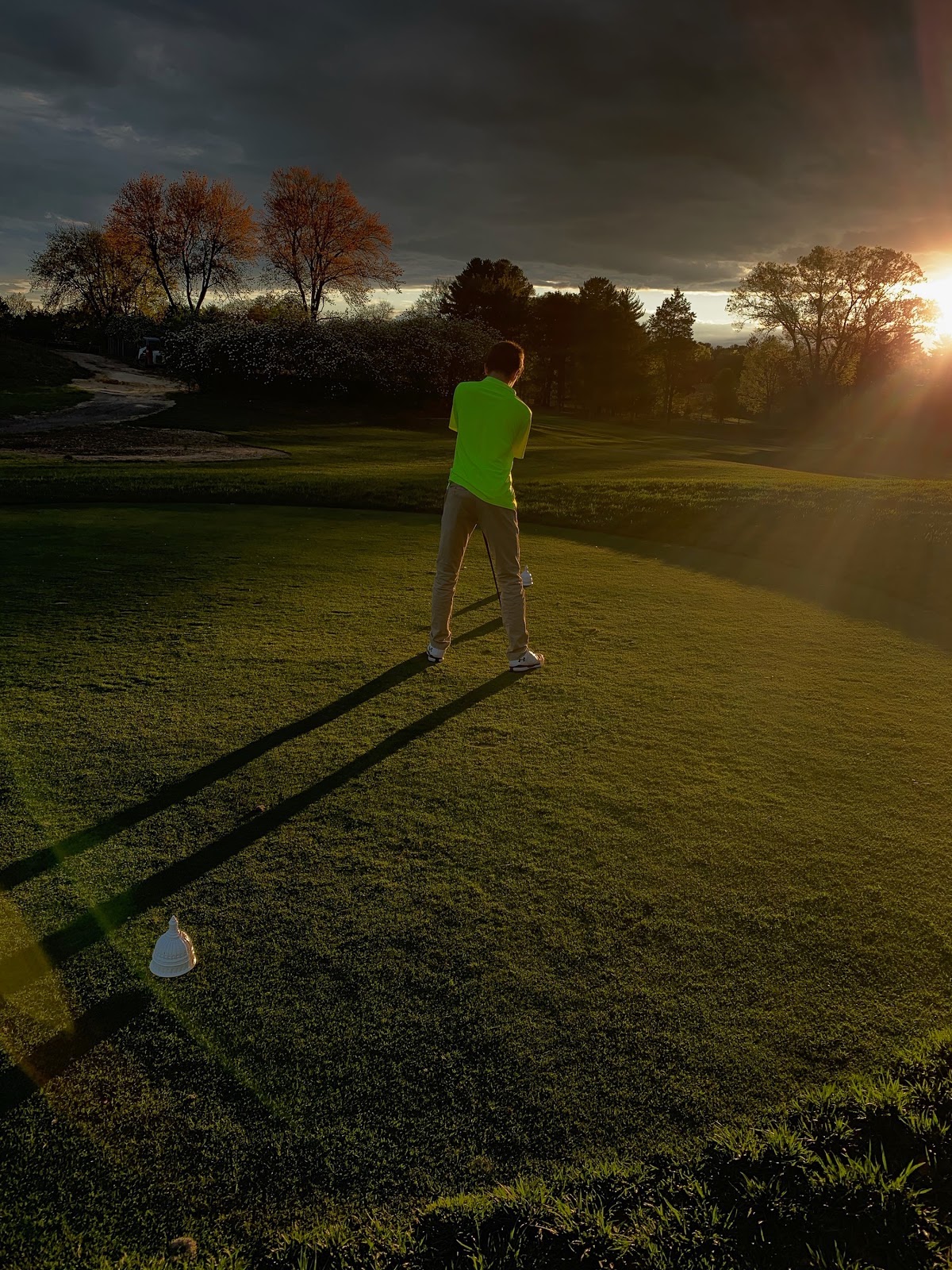
Patrick Emerson Patrick Emerson
Amidst the novel COVID-19 pandemic, many have longed for a return to normalcy in some shape or form. And due to its built-in opportunity to social distance, golf has been one source for that return to normalcy. Golf enthusiasts are hoping that the pandemic will bring a resurgence to the sport’s popularity, which has been on a decline for the past twenty years.
Because most golf course properties are open and sprawling, a round on the links is generally considered safe during the pandemic. In many states, golf courses were among the first businesses to begin reopening. Because of the growing demand for normalcy, many people have picked up the golf game within these past few months, specifically within younger demographics. In a game that has generally been reserved for older, wealthier generations, a younger breed could be the cure for the sports’ declining popularity.
Brent Wilkerson, a PGA (Professional Golf Association) Associate, offered his thoughts on the pandemic at Falls Road Golf Course in Potomac, Maryland.
“Falls Road was already one of the busiest golf courses on the east coast, and now we are busier than ever before,” Wilkerson said. “Every single day, nearly all available tee times are consistently booked. In fact, many customers stay up until midnight to register their tee times for the week ahead.”
From a business standpoint, this resurgence of play could allow many golf courses to reopen, if growth continues. According to NPR, around 800 golf courses have closed in the past decade and the number of courses in the US is down 10% since 2006. The surplus of golf course building in the 1980s and 1990s was too fast of an expansion causing many golf courses to fall on hard times. However, more courses may be needed to accommodate the latest generation of golfers. These courses will not only be utilized by golfers, but also by wildlife as golf courses serve as surrogate nature sanctuaries. Wildlife flock to golf courses after construction, and because most closed golf course land would likely turn into housing or commercial developments, wildlife will take a hit from these actions.
Part of this resurgence of play can be traced to the return of professional sports to live television. The PGA Tour was the first professional sport to return to live TV; hence the entire athletic world turned its eyes to golf as other sports struggled to integrate their games with safe health measures Many wanted to emulate golf’s greats — such as Tiger Woods and Rory McIlroy — and took their clubs to the links.
Thomas Aquino, a 16-year-old resident of Potomac, Maryland, talked about his experience taking up the game of golf.
“Being a baseball and football fan, I typically watch live sports on TV frequently,” Aquino said. “The pandemic took this privilege from me. When I learned the PGA was returning, I watched several tournaments and wanted to take up the sport myself.” Thomas now heads to the golf course regularly and has discovered a skill he has come to appreciate.
Golf is not the only thing having a resurgence, as Tiger Woods — the player who brought golf to the forefront of American consciousness — has made a comeback these last couple of years that rivals any in all of sports. After a remarkable 2013 season, Woods remained out of the picture due to crippling back pain for much of the next five years. At one point, he publicly stated he would never play again. However, a back fusion surgery two years ago did wonders to ease his pain, and it allowed him to author a comeback culminating in a stunning victory at the 2019 Masters, the most prestigious tournament in golf. The win gave him 15 majors, second only to the great Jack Nicklaus.
When Woods is playing and playing well, interest in golf increases exponentially. When Woods was in contention at the 2018 PGA, CBS ratings were 69 percent higher than the previous year when Woods was unable to compete. This was the highest tv rating since 2009. More Tiger means more eyes on the game of golf, which only increases the popularity of the sport.
The state of the game on the professional level, however, is at such a high that Tiger is no longer the only focal point. At 50 years old, the longtime rival of Woods, Phil Mickelson, continues to play well. But where the game has changed dramatically is in the depth of the young talent that has shot up into the pro ranks. Young stars like Jordan Spieth, Justin Thomas and Bryson Dechambeau help draw in the younger audiences. These younger viewers are helping to change the perception that only aged retirees living in Florida watch golf. Fan favorites Rory Mcilroy, Brooks Koepka and Rickie Fowler also continue to play solid golf in the PGA Tour’s return from the coronavirus pandemic. The talent level of the PGA Tour at this moment is the highest it has ever been and the undeniable “watchability” of the game’s stars has only drawn in more people to golf.
The increased interest in golfing is not just limited to younger generations — the generally older and wealthier country clubs around the US are experiencing more demand. Country clubs have dealt with crowded courses as members itch to get out and play. James Washko, member of Congressional Country Club in Bethesda Maryland, notes, “It has been very crowded since the pandemic started. I have seen people on the tee sheet that I didn’t even know played golf.”
GolfNow, a popular online tee time booking platform, has reported a 60% increase in rounds sold since last year due to the Coronavirus pandemic.






